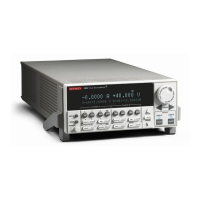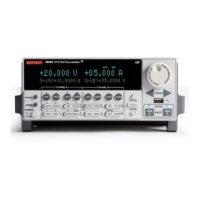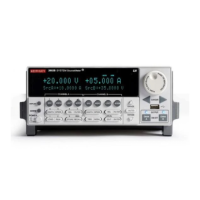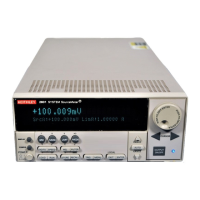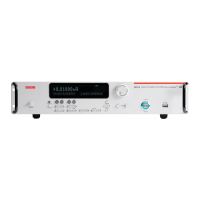In this section:
Introduction to TSP operation................................................... 5-1
About TSP commands ............................................................. 5-3
Factory scripts ........................................................................ 5-19
Introduction to TSP operation
Instruments that are Test Script Processor (TSP
®
) enabled operate like conventional instruments by
responding to a sequence of commands sent by the controller. You can send individual commands to
the TSP-enabled instrument the same way you would using any other instrument.
Unlike conventional instruments, TSP-enabled instruments can execute automated test sequences
independently, without an external controller. You can load a series of TSP commands into the
instrument . You can store these commands as a script that can be run later by sending a single
command message to the instrument.
You do not have to choose between using conventional control or script control. You can combine
these forms of instrument control in the way that works best for your test application.
Controlling the instrument by sending individual command messages
The simplest method of controlling an instrument through the communication interface is to send it a
message that contains remote commands. You can use a test program that resides on a computer
(the controller) to sequence the actions of the instrument.
TSP commands can be function-based or attribute-based. Function-based commands are commands
that control actions or activities. Attribute-based commands define characteristics of an instrument
feature or operation.
Constants are commands that represent fixed values.
Functions
Function-based commands control actions or activities. A function-based command performs an
immediate action on the instrument.
Each function consists of a function name followed by a set of parentheses ( ). You should only
include information in the parentheses if the function takes a parameter. If the function takes one or
more parameters, they are placed between the parentheses and separated by commas.
Example 1
delay(0.250)
Emit a double-beep at 2400 Hz. The sequence is
0.5 s on, 0.25 s off, 0.5 s on.
Section 5
Introduction to TSP operation
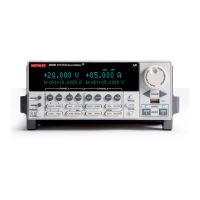
